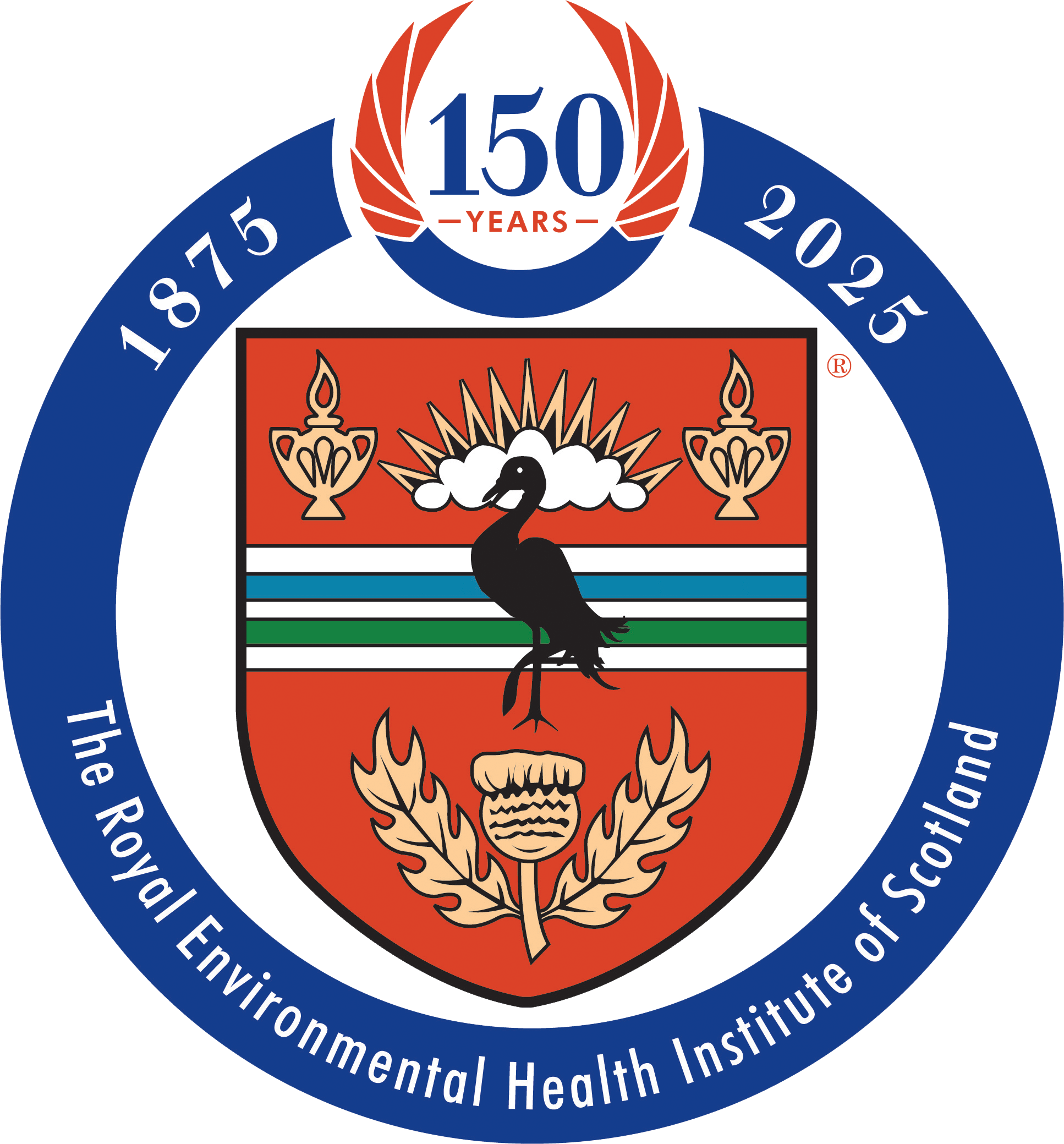Several events took place on June 20 across Scotland to celebrate Clean Air Day.
Clean Air Day is the UK’s largest air pollution campaign which takes place on 20 June every year and is coordinated by Environmental Protection Scotland in Scotland on behalf of the Scottish Government.
The day, is supported by several organisations including Cleaner Air for Scotland (CAFS) strategy, Cycling Scotland, Energy Saving Trust Scotland, Greener Scotland, Health Protection Scotland, Scottish Transport Emissions Partnership, Sustrans and Transport Scotland.
More than 100 organisations across the length and breadth of Scotland took part in the day’s events, with 20 local authorities from Comhairle nan Eilean Siar to North Ayrshire getting involved.
Those involved ranged from nurseries to larger schools, health boards, active travel hubs and private and public sector organisations.
Glasgow staged a free flagship event which closed off part of George Square and featured many clean air-themed events and activities. Festivities included a BMX track, live music, displays of low emission buses and electric vehicles and information on air quality in Scotland.
Aberdeen organised a public event on similar lines which had stalls from Aberdeen City Council, First Bus, the NHS and air quality specialists Ricardos. First Bus gave away free day passes as part of a national campaign and NHS representatives educated members of the public on how to travel more healthily. There was also three electric and hydrogen vehicles on show.
While in Argyll, pupils at Rhunahaorine Primary School in Tayinloan conducted a traffic survey on the nearby A83 main route to Campbeltown to make a short video promoting the benefits of cleaner air. Plockton High School had a Clean Air Day theme in their classes, with pupils discussing and debating air quality and what can be done to improve it.
Other engagement events included an initiative to encourage active travel organised by Falkirk Active Travel Hub at Forth Valley Royal Hospital and free breakfast vouchers for NHS staff who cycle or walk to work at Crosshouse Hospital, Kilmarnock.

